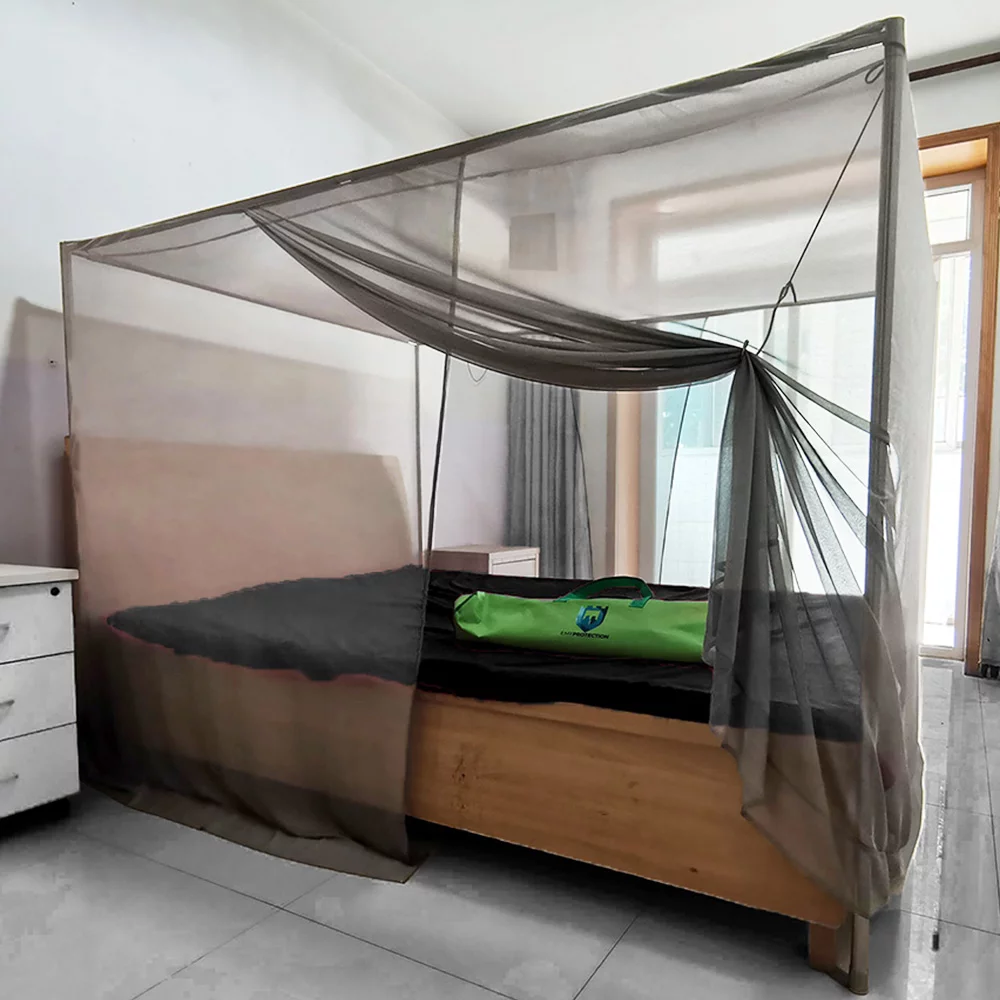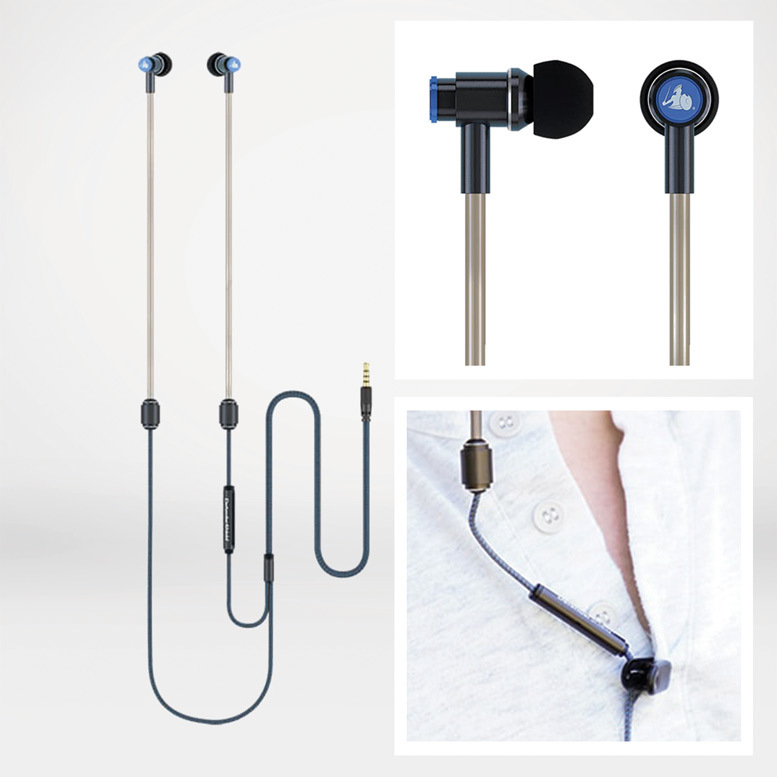Hidden WiFi Dangers: Why Public Hotspots are Harming Your Health
In our hyperconnected society, public WiFi hotspots have become ubiquitous features in coffee shops, airports, shopping centres, libraries, and virtually every public space. Whilst these wireless networks offer convenient internet access, mounting scientific evidence reveals that prolonged exposure to WiFi radiation, particularly in public hotspot environments, poses significant health risks that the majority of users remain completely unaware of. This comprehensive investigation examines the hidden dangers of public WiFi exposure and why health experts are increasingly concerned about widespread electromagnetic field (EMF) pollution in public spaces.
The Scale of Public WiFi Exposure
Unlike home WiFi networks that operate at lower power levels, public hotspots often utilise high-powered transmitters to cover large areas and serve multiple users simultaneously. This creates electromagnetic radiation levels that can be 10-100 times higher than typical home environments, subjecting users to intense EMF exposure for extended periods.
Scientific Evidence: WiFi Health Effects
Cellular Damage and DNA Fragmentation
Research published in the International Journal of Environmental Research and Public Health demonstrated that WiFi radiation at 2.45 GHz causes significant DNA damage in human cells. The study found that even short-term exposure to WiFi frequencies resulted in chromosomal aberrations and oxidative stress markers consistent with cellular damage.
Neurological and Cognitive Impacts
A comprehensive study conducted by researchers at the University of Melbourne examined cognitive function in individuals exposed to WiFi radiation in public environments. The research found measurable decreases in attention span, working memory, and reaction times in participants exposed to public hotspot levels of electromagnetic radiation for periods exceeding two hours.
Blood-Brain Barrier Disruption
Groundbreaking research by Swedish neurosurgeon Dr. Leif Salford demonstrated that WiFi radiation can open the blood-brain barrier, allowing toxins and harmful substances to enter the brain. This mechanism explains many of the neurological symptoms reported by individuals with prolonged WiFi exposure.
Why Public Hotspots Are Particularly Hazardous
Multiple Access Point Interference
Public WiFi environments typically feature multiple overlapping wireless networks operating simultaneously. This creates a phenomenon known as "RF pollution," where electromagnetic fields from different sources interfere and amplify each other, resulting in radiation levels far exceeding those produced by individual devices.
High-Powered Commercial Equipment
Commercial WiFi access points used in public spaces operate at significantly higher power levels than domestic routers. A study measuring electromagnetic field levels in public venues found radiation intensity levels ranging from 10 to 1,000 times higher than typical home environments.
Prolonged Exposure Patterns
Unlike brief mobile phone calls, public WiFi exposure often involves continuous radiation exposure for hours at a time. Coffee shop workers, students, and remote workers may experience 8+ hours of daily exposure to high-intensity WiFi radiation, creating cumulative health effects that compound over time.
Documented Health Symptoms from WiFi Exposure
Commonly Reported WiFi-Related Symptoms
Neurological Effects
Headaches, dizziness, brain fog, difficulty concentrating, and memory problems consistently reported after prolonged WiFi exposure.
Sleep Disruption
Insomnia, restless sleep, and fatigue following exposure to WiFi radiation, particularly in public spaces with high-power access points.
Cardiovascular Symptoms
Heart palpitations, elevated heart rate, and blood pressure changes observed in sensitive individuals during WiFi exposure.
Skin and Sensory Effects
Tingling sensations, burning skin, eye strain, and heightened sensitivity to electromagnetic fields.
Immune System Impact
Increased susceptibility to infections, allergic reactions, and general feeling of unwellness following extended public WiFi exposure.
Vulnerable Populations at Greatest Risk
Children and Adolescents
Children's developing nervous systems and thinner skull bones make them particularly vulnerable to WiFi radiation. The American Academy of Pediatrics has expressed concerns about WiFi exposure in schools, noting that children absorb electromagnetic radiation at rates up to 10 times higher than adults.
Pregnant Women and Developing Foetuses
Research indicates that WiFi radiation can cross the placental barrier and potentially affect foetal development. A Kaiser Permanente study found increased miscarriage rates among women exposed to higher levels of electromagnetic radiation, including WiFi frequencies.
Individuals with Electromagnetic Hypersensitivity
An estimated 3-8% of the population experiences electromagnetic hypersensitivity (EHS), with public WiFi hotspots being major triggers for symptoms. The World Health Organisation recognises EHS as a genuine health condition requiring environmental accommodation.
Occupational Hazards: Workers in WiFi-Dense Environments
High-Risk Occupations
Coffee shop employees, library staff, airport workers, and others employed in WiFi-dense environments face daily occupational exposure to electromagnetic radiation levels that may exceed safety guidelines for extended periods. Studies of these workers show increased rates of headaches, fatigue, and cognitive difficulties compared to control groups.
International Recognition and Restrictions
Countries Limiting Public WiFi
- France: Banned WiFi in nurseries and restricted use in primary schools
- Israel: Prohibited WiFi in kindergartens and limits exposure in schools
- Russia: Recommends against WiFi use in schools for children under 18
- Germany: Federal Office for Radiation Protection advises minimising WiFi exposure
- Cyprus: Removed WiFi from kindergartens and primary schools
However, other countries have no such policies and depending on your location, your child may be at high risk of EMF exposure at schools. Notably, schools have the option of replacing Wi-Fi with hardwired ethernet connections. It’s a simple solution that isn’t being implemented by most schools, and parents do not seem to be pushing for.
Corporate Policy Changes
Major technology companies including Google, Apple, and Microsoft have quietly implemented policies reducing WiFi exposure in their employee work environments whilst continuing to promote wireless technologies to consumers. This corporate acknowledgment of potential risks contrasts sharply with public safety assurances.
The Myth of "Low-Power" WiFi Safety
Debunking Industry Safety Claims
Telecommunications industry representatives frequently claim that WiFi operates at "low power" levels that pose no health risks. However, this argument ignores the biological effects of pulsed radiofrequency radiation, the cumulative nature of exposure, and the vulnerability of certain populations. Research consistently demonstrates that non-thermal effects occur at power levels well below current safety guidelines.
Cumulative Exposure Effects
Unlike acute toxin exposure, electromagnetic radiation effects are often cumulative, building up over months and years of exposure. Public WiFi users may not experience immediate symptoms but develop chronic health issues over time as cellular damage accumulates.
Measurement Studies: Quantifying Public WiFi Exposure
Airport WiFi Radiation Levels
Independent measurements conducted at major international airports revealed electromagnetic field levels up to 600% higher than WHO guidelines for continuous exposure. Passengers and staff in these environments experience radiation doses equivalent to multiple hours of mobile phone use directly against the head.
It should also be noted that WHO guidelines themselves, have been criticised by many experts as not being stringent enough.
Coffee Shop and Café Measurements
Studies measuring electromagnetic radiation in popular coffee chains found consistent elevation of RF levels, with some locations registering radiation intensities 50-100 times higher than background levels. Customers seated near WiFi access points experienced exposure levels comparable to holding an active mobile phone.
Protection Strategies for Public WiFi Environments
Practical Protection Measures
- Limit time spent in high-density WiFi environments to as little as possible
- Maintain distance of at least 6 feet from visible WiFi routers and access points
- Use wired internet connections when available instead of WiFi
- Consider EMF protection clothing or accessories for frequent public WiFi users
- Take regular breaks from WiFi environments to allow cellular recovery
- Use airplane mode on devices when possible to reduce personal EMF contribution
- Choose seating areas away from WiFi equipment and areas with multiple networks
- Avoid sleeping or resting in WiFi-dense environments like airport lounges
EMF Shielding Solutions
For individuals who must spend extended time in public WiFi environments, EMF shielding products can provide significant protection. Silver-fabric clothing, shielding phone cases, and laptop shields can reduce exposure by 90% or more when properly used.
Building Awareness and Demanding Change
Advocacy and Action Steps
Educate Others
Share information about WiFi health risks with friends, family, and colleagues who spend time in public hotspot environments. Concerned parents could also consider educating school heads and administrators, not just about WiFi, but about simple ways schools can teach children how to reduce their exposure outside of school too, such as using airplane mode on smartphones.
Request Wired Alternatives
Ask businesses to provide ethernet connections as alternatives to WiFi, particularly for customers with electromagnetic sensitivity. Parents and parent groups could also consider pushing for replacing WiFi with hard-wired / ethernet connections in schools. It’s easy to do and safer for both children and staff.
Encourage Policy Changes
Advocate for regulations requiring EMF disclosure in public spaces and limits on WiFi power levels in areas with prolonged human occupancy.
Workplace Protection
Request EMF assessments and protection measures in workplaces with high WiFi exposure, citing occupational health and safety concerns.
Lobby
Lobby schools, parent groups, forums relevant bodies, politicians and the media.
Share
Share information and articles with work colleagues, friends and relatives by word of mouth and digital means including email and social media.
The Future of Public Internet Access
Safer Alternatives to WiFi Hotspots
- Fibre optic networks: Can reduce electromagnetic radiation exposure
- Powerline internet: Uses existing electrical infrastructure without wireless radiation
- Li-Fi technology: Uses light instead of radio waves for data transmission
- Ethernet access points: Provide wired connections in public spaces
European Li-Fi Initiatives
Several European cities, including Paris and Amsterdam, are piloting Li-Fi (Light Fidelity) technology as a safer alternative to WiFi in public spaces. Li-Fi uses LED light to transmit data, eliminating radiofrequency radiation whilst providing high-speed internet access.
Conclusion: Reclaiming Public Health
The hidden dangers of public WiFi hotspots represent a significant and underrecognised public health threat. As our society becomes increasingly dependent on wireless connectivity, the cumulative health effects of chronic electromagnetic radiation exposure are only beginning to be understood. The convergence of scientific evidence, international restrictions, and growing public awareness creates an urgent imperative for action.
Taking Control of Your EMF Exposure
Whilst we cannot completely avoid electromagnetic radiation in our modern world, we can make informed choices about our exposure levels. By understanding the risks associated with public WiFi hotspots and implementing protective strategies, individuals can significantly reduce their electromagnetic burden whilst maintaining connectivity. The key is awareness, measurement, and proactive protection rather than passive acceptance of potentially harmful exposure levels.
Consumers and citizens have the right to demand transparency about electromagnetic radiation levels in public spaces and access to safer alternatives. The growing body of scientific evidence supporting WiFi health concerns can no longer be dismissed as unfounded fear-mongering. Public health protection should take priority over convenience and corporate profits in designing our connected future. If the public does not speak up or act then, if the past is anything to go by, it is unlikely that industry or government will. The present and future safety of individuals, communities and societies is in their own hands, but only if they communicate, raise awareness and act.











